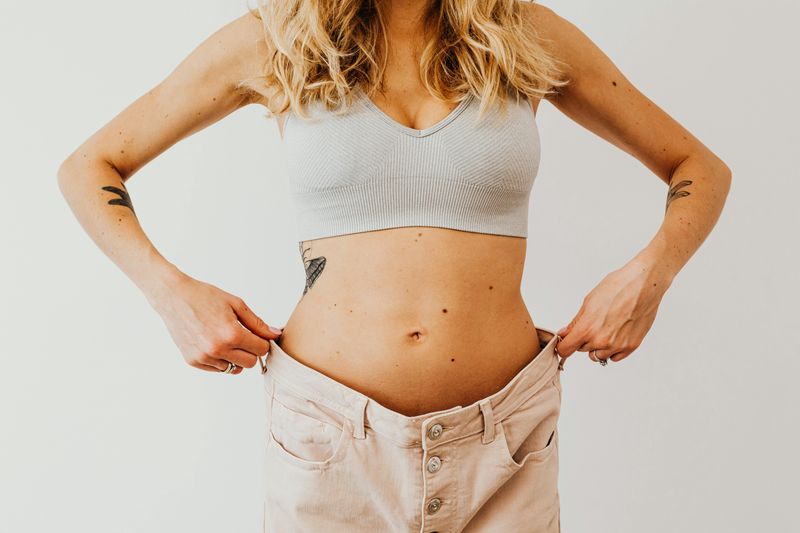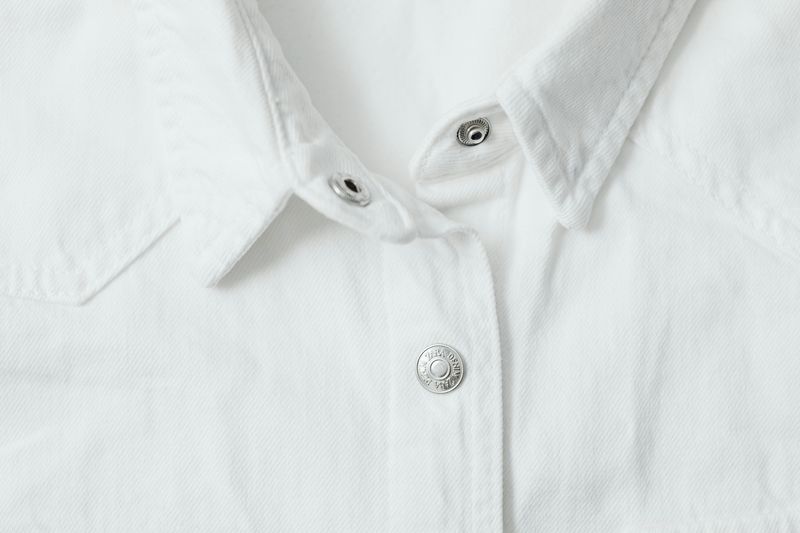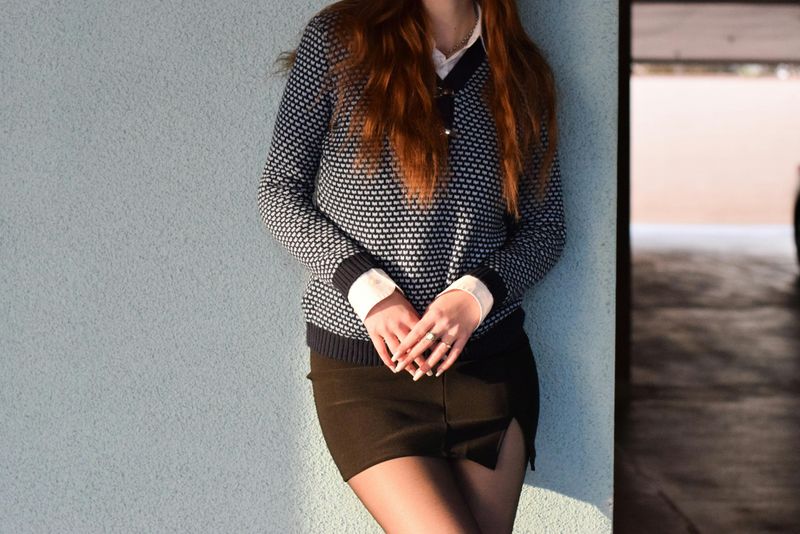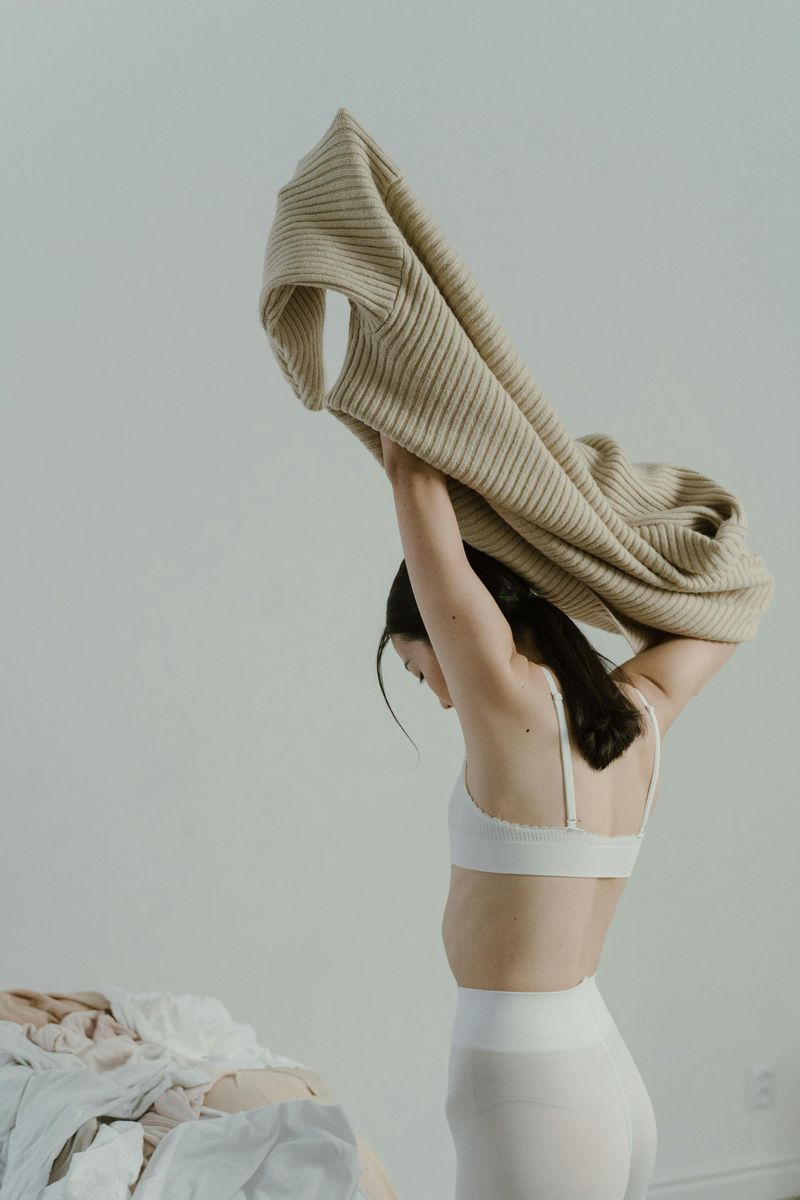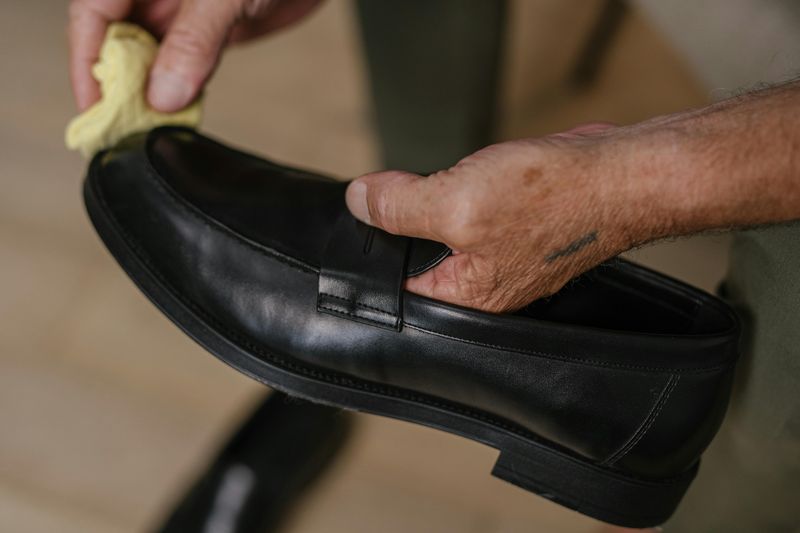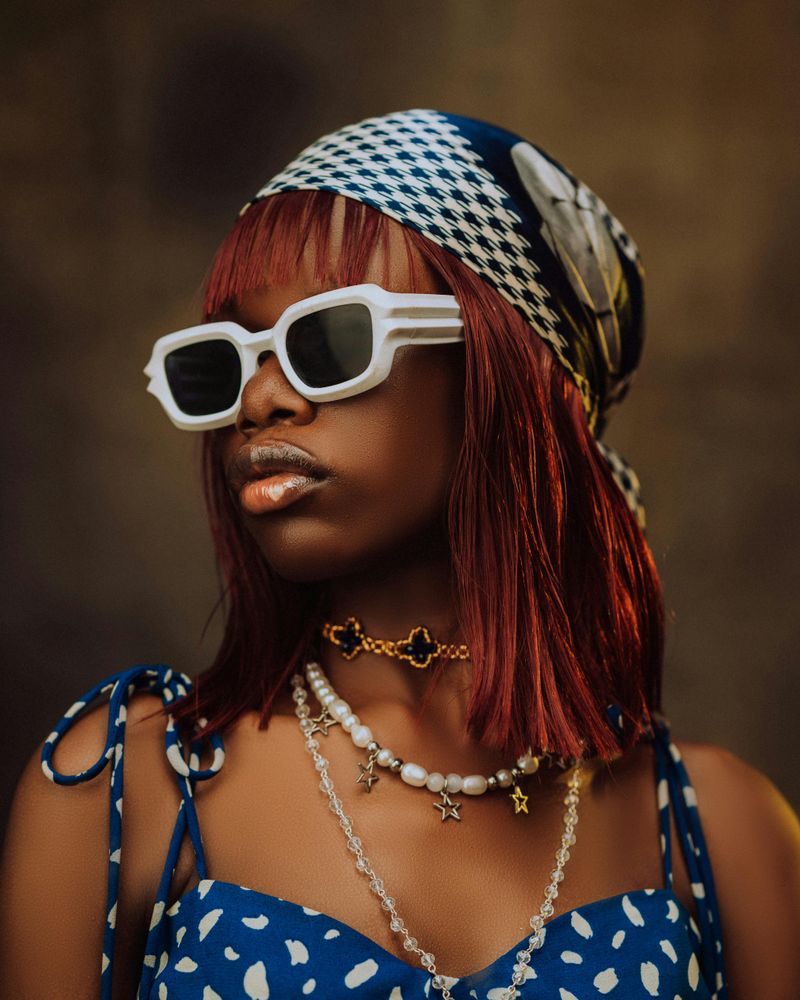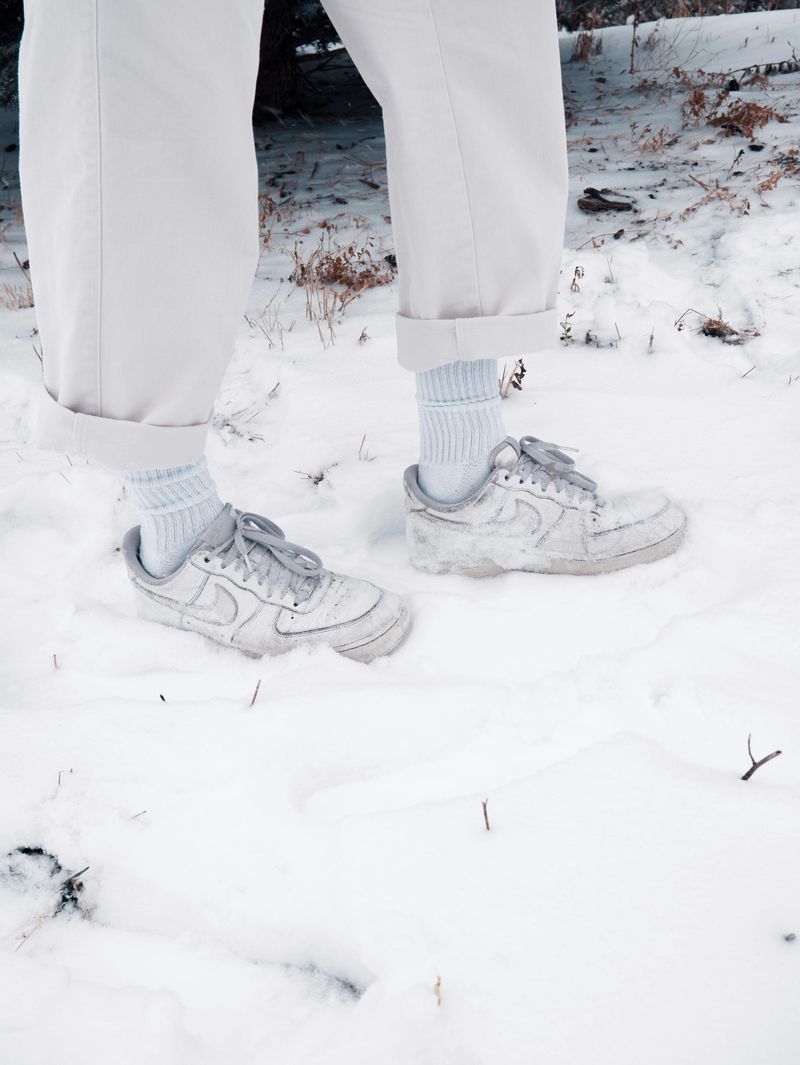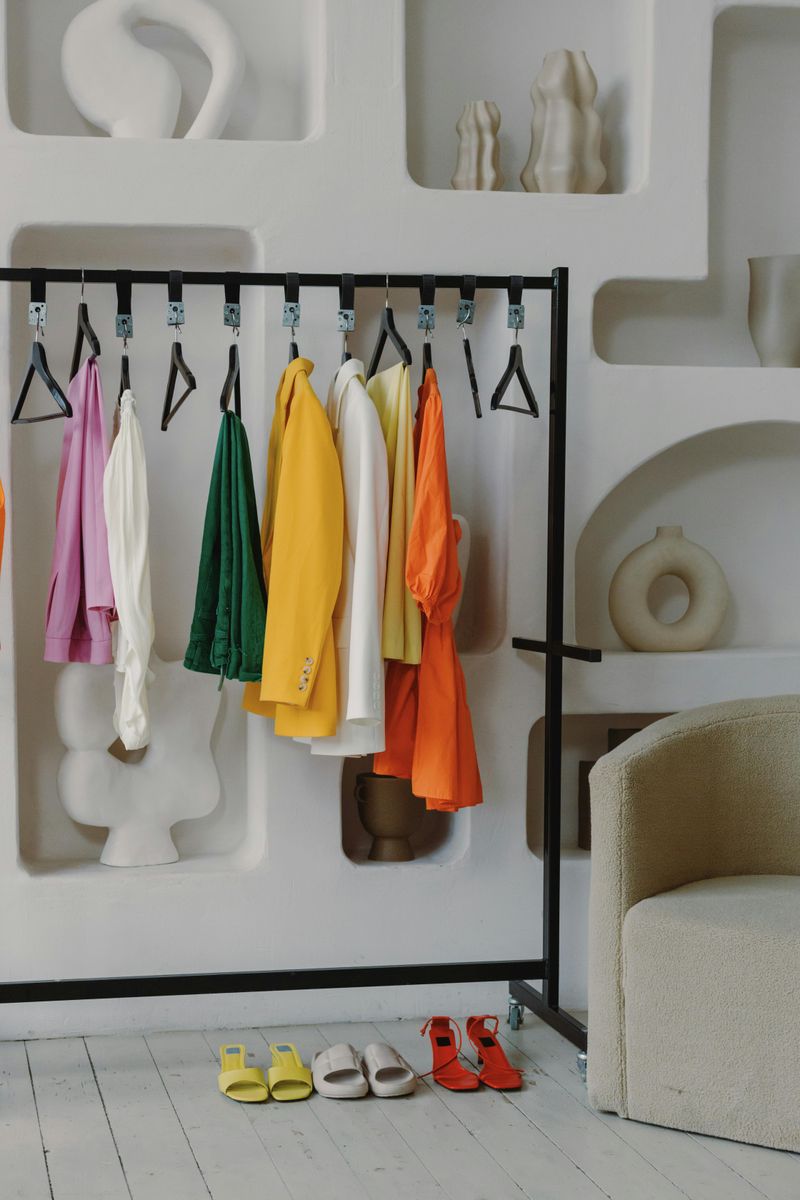Getting dressed should be fun, not stressful! But sometimes, small outfit choices can secretly work against us. Even when we think we look great, tiny details might be sending the wrong message. Whether you’re heading to work, meeting friends, or just running errands, avoiding these common fashion missteps can instantly upgrade your appearance.
1. Ignoring Proper Fit
Clothes that hang too loosely or squeeze too tightly never look polished, regardless of how expensive they might be. Many people mistakenly buy the size they wish they were rather than what actually fits their current body.
Professional tailoring doesn’t have to break the bank but makes an enormous difference in how put-together you appear. Even budget-friendly items look expensive when they fit perfectly.
Remember the golden rule: shoulders should align with seams, sleeves should end at your wrist, and pants should just touch your shoes without pooling fabric at the ankles.
2. Wrinkled or Unwashed Clothing
Nothing screams ‘I don’t care’ louder than showing up in wrinkled, stained, or visibly dirty clothes. Even casual outfits lose their charm when they look like they’ve been pulled from the bottom of a laundry basket.
Invest in a good steamer for quick fixes when you’re short on time. For persistent wrinkles in cotton or linen, a spray bottle with water can work wonders before a quick iron.
Pay special attention to collars, cuffs, and underarm areas which tend to show wear and tear first. These small details are exactly what others notice, even if they don’t mention it.
3. Mismatched Formality Levels
Mixing vastly different formality levels creates visual confusion. Formal shoes with super casual shorts or dressy blouses with worn-out jeans send mixed messages about your personal style.
The key is balance – if you’re wearing something very casual on top, elevate the bottom slightly (and vice versa). For instance, pair those relaxed jeans with a crisp button-down rather than a formal silk blouse.
This doesn’t mean everything must match perfectly! Just aim for pieces that live within one or two formality levels of each other to create a harmonious outfit that looks intentional rather than thrown together.
4. Visible Underwear Lines
Panty lines, bra straps, and visible shapewear edges instantly downgrade an otherwise stellar outfit. They create distracting lines that break the clean silhouette you’re trying to achieve.
For tight-fitting clothes, seamless underwear is worth every penny. When wearing light-colored bottoms, nude (matching your skin tone) underwear is always safer than white, which can still show through.
Consider investing in a proper bra fitting at a specialty store – most women wear the wrong size! The right undergarments should provide support without announcing their presence to the world. They’re called ‘undergarments’ for a reason.
5. Overlooking Shoe Condition
Scuffed, worn-out shoes can ruin an otherwise impeccable outfit. People instinctively glance at footwear, making it one of the most noticed elements of your appearance.
Keep light-colored shoes clean with magic erasers or specialized cleaners. For leather shoes, regular polishing not only improves appearance but also extends their lifespan.
Watch for worn-down heels, which can be inexpensively replaced at shoe repair shops. Even casual sneakers deserve regular cleaning – toss canvas styles in the washing machine (without the dryer) or wipe leather ones with appropriate cleaners to keep them looking fresh.
6. Neglecting Proportions
Fashion isn’t just about following trends but understanding what flatters your unique body shape. Oversized tops need slimmer bottoms to balance them, while voluminous skirts pair best with more fitted tops.
A common mistake is wearing baggy clothes hoping to hide perceived flaws. Ironically, this often creates a larger silhouette than clothes that skim your actual shape.
The most flattering outfits typically highlight your smallest point – usually the waist – while creating balanced proportions above and below. This visual trick works for every body type and instantly creates a more polished appearance.
7. Excessive Accessorizing
Coco Chanel famously advised removing one accessory before leaving the house. When jewelry, scarves, hats, and bags compete for attention, none of them shine – and neither does your outfit.
Choose a focal point for accessories. If you’re wearing statement earrings, keep necklaces minimal. If your handbag is bold and colorful, tone down other accessories to let it be the star.
Quality matters more than quantity. One well-made bracelet makes a stronger style statement than several flimsy ones jangling together. The most stylish people understand restraint is often the secret ingredient in truly memorable outfits.
8. Ignoring Weather Appropriateness
Shivering in summer clothes during winter or sweating in heavy fabrics during summer doesn’t just look uncomfortable – it suggests poor planning. Dressing appropriately for the weather shows practical intelligence.
Layering is your best strategy for unpredictable weather. Lightweight cardigans, scarves, and jackets can be added or removed as needed without sacrificing style.
Fabric choices matter tremendously. Natural fibers like cotton and linen breathe well in heat, while wool blends provide warmth without bulk in colder months. Being weather-appropriate doesn’t mean abandoning style – it means adapting it sensibly to your environment.
9. Misaligned Color Coordination
Random color combinations can look accidental rather than intentional. The easiest fix? Stick to a simple color palette of 2-3 complementary colors per outfit until you’re comfortable experimenting more.
Consider the color wheel basics: colors opposite each other (like blue and orange) create vibrant contrasts, while colors next to each other (like blue and purple) create harmonious blends. Black, white, navy, and beige work as neutrals with practically everything.
Your personal coloring matters too. Colors that complement your skin tone, hair, and eyes will always look more harmonious than those that clash with your natural palette.

